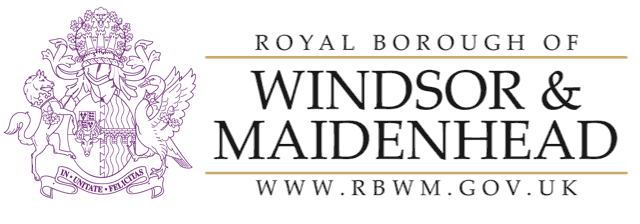The Best Exotic Marigold Hotel - Deborah Moggach
 When Ravi Kapoor, an over-worked London doctor, is driven beyond endurance by his obnoxious father-in-law, he asks his wife: 'Can't we just send him away somewhere?
When Ravi Kapoor, an over-worked London doctor, is driven beyond endurance by his obnoxious father-in-law, he asks his wife: 'Can't we just send him away somewhere?
Somewhere far, far away.' His prayer seems to have been answered when his entrepreneurial cousin, Sonny, sets up a retirement home.
The Fortune Men - Nadifa Mohamed
 Mahmood Mattan is a fixture in Cardiff's Tiger Bay, 1952, which bustles with Somali and West Indian sailors, Maltese businessmen and Jewish families.
Mahmood Mattan is a fixture in Cardiff's Tiger Bay, 1952, which bustles with Somali and West Indian sailors, Maltese businessmen and Jewish families.
He is a father, chancer, petty criminal. He is a smooth-talker with rakish charm and an eye for a good game. He is many things, but he is not a murderer. So when a shopkeeper is brutally killed and all eyes fall on him, Mahmood isn't too worried.
The Distant Shores - Santa Montefiore
 Margot Hart travels to Ireland to write a biography of the famous Deverill family. She knows she must speak to the current Lord Deverill - JP - if she is to uncover the secrets of the past.
Margot Hart travels to Ireland to write a biography of the famous Deverill family. She knows she must speak to the current Lord Deverill - JP - if she is to uncover the secrets of the past.
A notorious recluse, JP won't be an easy man to crack. But Margot is determined - and she is not a woman who is easily put off.
Cilka's Journey - Heather Morris
 Her beauty saved her life - and condemned her. Cilka is just 16 years old when she is taken to Auschwitz-Birkenau Concentration Camp, in 1942.
Her beauty saved her life - and condemned her. Cilka is just 16 years old when she is taken to Auschwitz-Birkenau Concentration Camp, in 1942.
The Commandant at Birkenau, Schwarzhuber, notices her long beautiful hair, and forces her separation from the other women prisoners. Cilka learns quickly that power, even unwillingly given, equals survival.
The Tattooist of Auschwitz - Heather Morris
 This novel is based on the true story of Lale and Gita Sokolov, two Slovakian Jews, who survived Auschwitz and eventually made their home in Australia.
This novel is based on the true story of Lale and Gita Sokolov, two Slovakian Jews, who survived Auschwitz and eventually made their home in Australia.
In that terrible place, Lale was given the job of tattooing the prisoners marked for survival - literally scratching numbers into his fellow victims' arms in indelible ink to create what would become one of the most potent symbols of the Holocaust.
